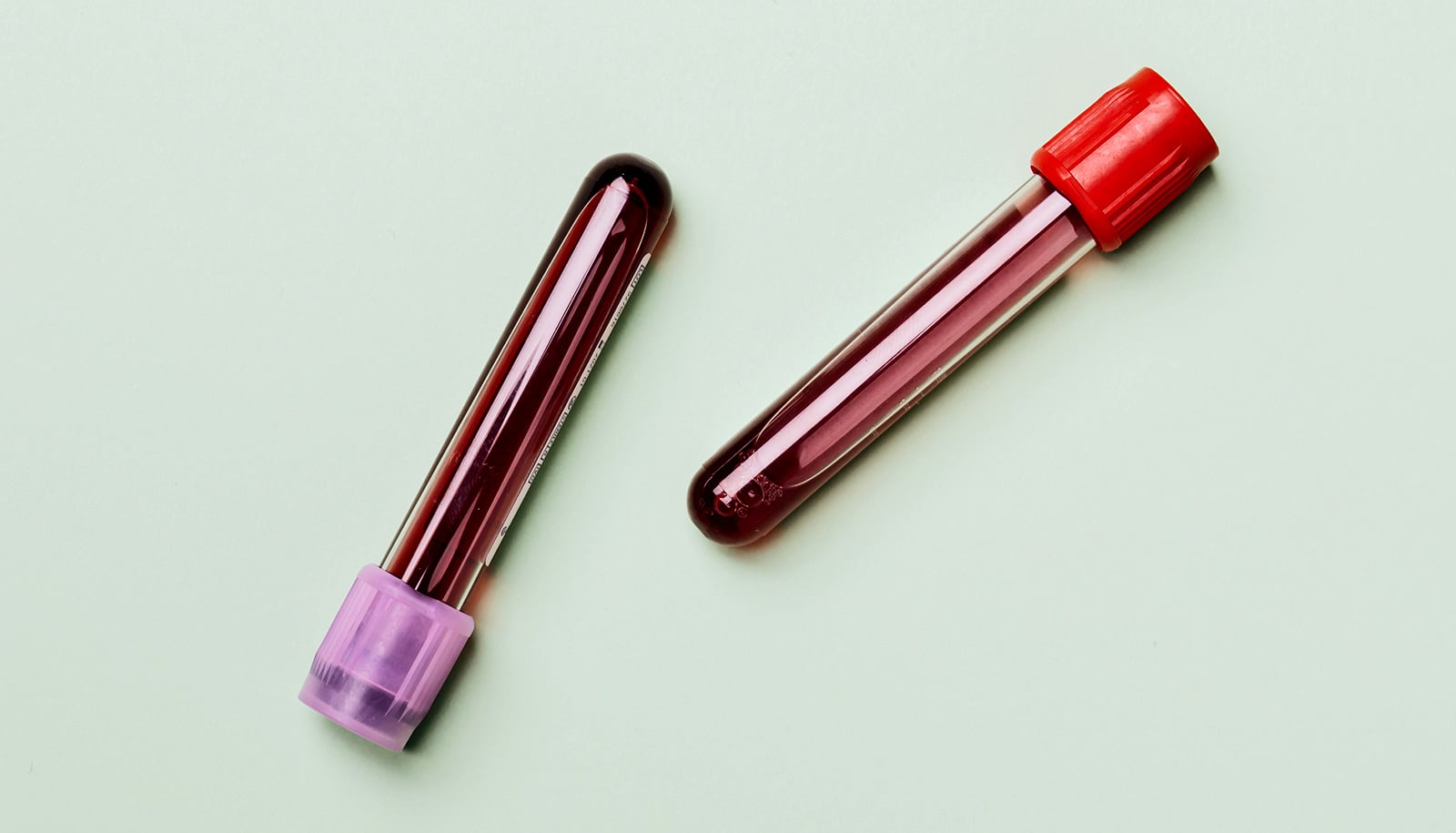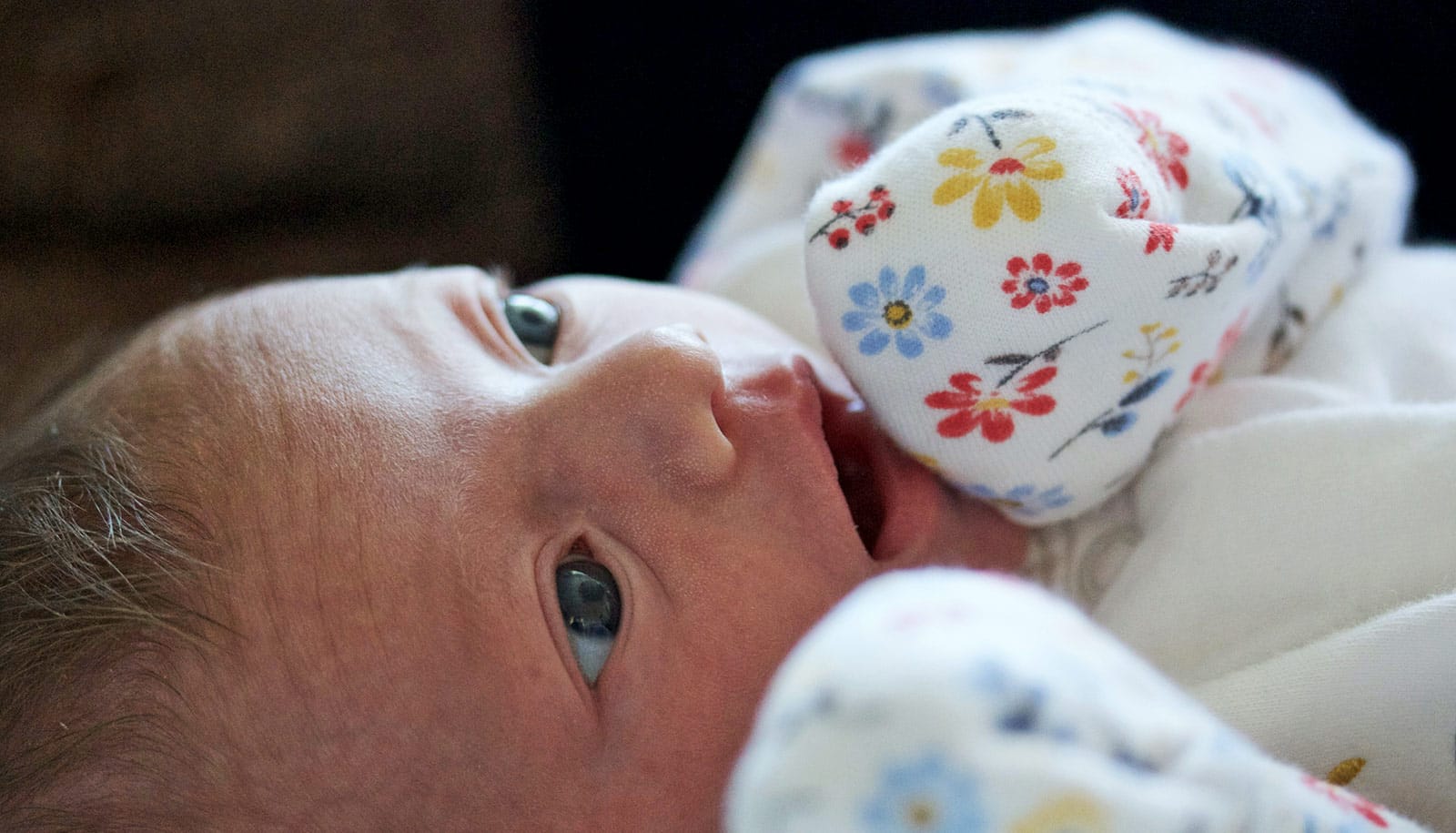A recent study tested whether a single infusion of a unit of a child’s own or donor cord blood could improve social communication skills in children between the ages of two and seven diagnosed with autism spectrum disorder.
Of the 180 children in the study, the subgroup of children without an intellectual disability showed improvements in language communication, ability to sustain attention measured via eye tracking, and increased alpha and beta EEG power, a measure of brain function.
However, those who also had an intellectual disability did not show social communication function improvement after the infusion.
The findings appear online in the Journal of Pediatrics.
“Cord blood contains immune modulating cells called monocytes,” says Joanne Kurtzberg, professor of pediatrics at Duke University and director of the Marcus Center for Cellular Cures. “In the laboratory, these cells calm down a type of brain inflammation that can be seen in children with autism. In this study, we tested whether cord blood infusions would lessen symptoms in children with autism.”
Approximately 40% of children with autism also have an intellectual disability, as defined as an IQ below 70, according to first author Geraldine Dawson, director of the Duke Institute for Brain Sciences and professor of psychiatry and behavioral sciences.
More research will be necessary to determine why the findings in this study are different between those with and without an intellectual disability, and whether altering the treatment could make it beneficial to more children.
“It is unclear whether the failure for children with intellectual disability is due to the short duration of the study, the outcome measures not being sensitive enough to detect change in this population, or that the cord blood is actually not an effective treatment for children with autism who also have an intellectual disability,” Dawson says.
“We learned a lot from this initial study,” says Kurtzberg, senior author of the paper. “In the future, we hope to conduct a trial designed for children with autism who have intellectual disability focusing on outcome measures that can be targeted to test this group of children. We also used lessons learned from this study to design an ongoing study testing other cell therapies in older children with autism without intellectual disability.”
“Overall, we are encouraged by these initial results and plan to build upon them in future studies of cellular therapies in children with autism,” Kurtzberg says.
The Marcus Foundation funded the work.
Source: Duke University



